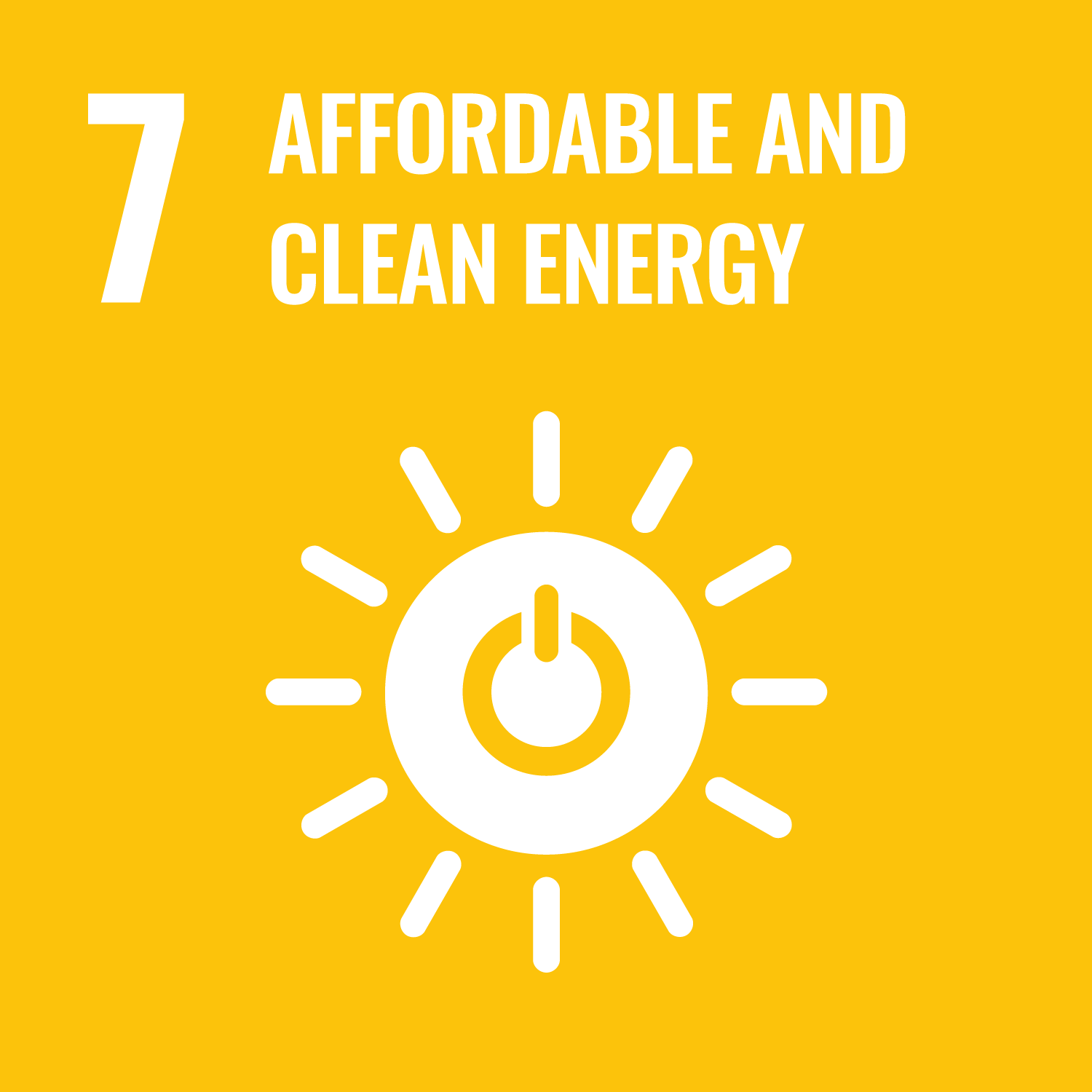ORCID
- Jessica Guichard: 0009-0009-4166-5299
- Robert Rawlinson-Smith: 0000-0001-5830-7054
- Deborah Greaves: 0000-0003-3906-9630
Abstract
Previous studies by the same authors optimise the infrastructure of a reversible Solid Oxide Cell (rSOC) system for offshore hydrogen production from an offshore wind farm. The current study investigates onshore hydrogen production, optimising rSOC, hydrogen storage and subsea cable capacities based on Capex for hydrogen storage, subsea connection, and rSOC system, as well as electricity prices and the value of non-reconverted hydrogen, thanks to energy system modelling for hourly fluctuations over the duration of a year. The simulation reveals that average day-ahead electricity prices and their fluctuations significantly influence optimization. Low electricity prices favour keeping hydrogen as a gas, whereas high prices justify the increased Capex for reconverting hydrogen into electricity using a reversible system. This trend holds both for onshore and offshore cases. However, onshore scenarios generally require higher capacities for rSOC and standalone fuel cell modes, which are sometimes recommended only onshore.
DOI Link
Publication Date
2024-11-07
Event
6th International Conference on Renewable Energies Offshore, RENEW 2024
Publication Title
Innovations in Renewable Energies Offshore: Proceedings of the 6th International Conference on Renewable Energies Offshore (RENEW 2024, 19-21 November 2024, Lisbon, Portugal)
Publisher
CRC Press
ISBN
9781032905570, 9781003558859
Acceptance Date
2024-08-16
Deposit Date
2024-10-23
Embargo Period
2025-11-07
Funding
The research presented in this paper is part of the EPSRC-funded project on High efficiency reversible solid oxide cells for the integration of offshore re-newable energy (EP/W003732/1).
Additional Links
https://www.routledge.com/Innovations-in-Renewable-Energies-Offshore-Proceedings-of-the-6th-International-Conference-on-Renewable-Energies-Offshore-RENEW-2024-19-21-N/Soares-Wang/p/book/9781032905570?srsltid=AfmBOook3FWp2VHE-UczK8oqWp6wPc4ImV9_ocPFHNHTWPQQBmGuFPcb, https://www.scopus.com/pages/publications/85208600799
First Page
889
Last Page
897
Recommended Citation
Guichard, J., Rawlinson-Smith, R., & Greaves, D. (2024) 'Comparison of offshore and onshore hydrogen production from offshore wind', Innovations in Renewable Energies Offshore: Proceedings of the 6th International Conference on Renewable Energies Offshore (RENEW 2024, 19-21 November 2024, Lisbon, Portugal), , pp. 889-897. CRC Press: Available at: 10.1201/9781003558859-96


